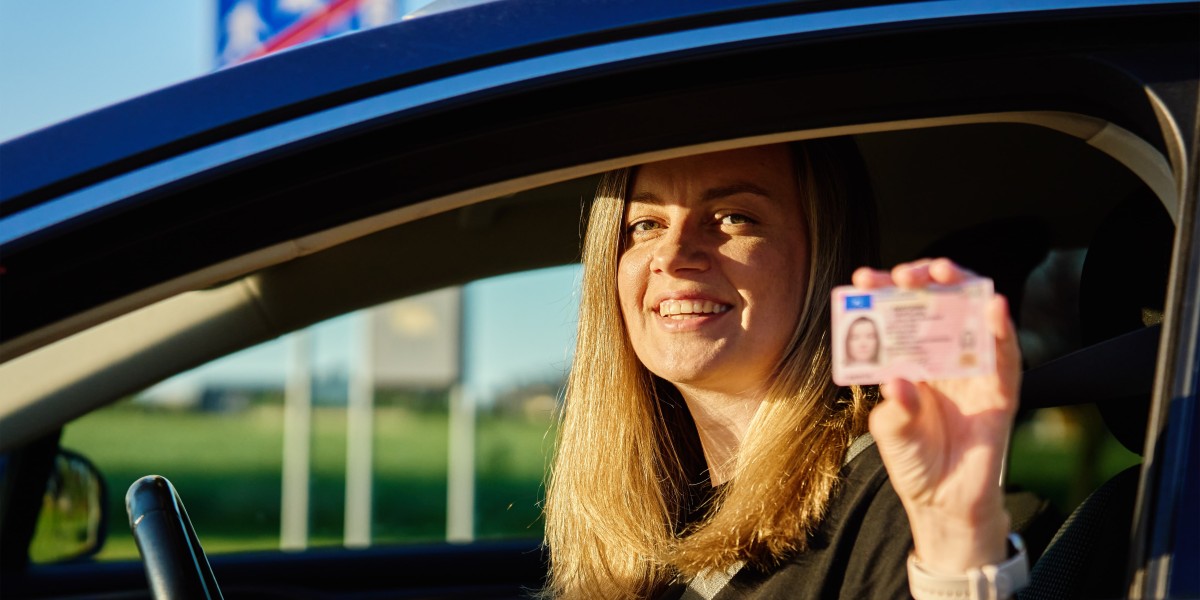Understanding the Driving Licence in the UK: A Comprehensive Guide
The driving licence is a necessary file required for those wishing to run a motor automobile in the United Kingdom. The process of acquiring a driving licence can often appear frustrating, filled with policies and differing processes across various categories of licences. This post dives into the UK driving licence system, its types, the procedure of obtaining one, and often asked concerns.
Types of UK Driving Licences
The UK has several kinds of driving licences, each tailored for various categories of lorries. Understanding these various licence types is important for potential drivers. Here's a breakdown of the significant categories:
Provisional Licence:

- This is the first action to acquiring a complete driving licence. It permits individuals to drive a vehicle on UK roadways under certain conditions, normally while accompanied by a certified driver license uk.
- Eligibility: Must be at least 17 years old (or 16 for mopeds).
Full Driving Licence:

- After passing the driving test, individuals are granted a complete driving licence. This permits them to drive unaccompanied.
- Classifications of full driving licence consist of:
- Category B: Cars and light vans.
- Category A: Motorcycles.
- Category C: Large lorries, like trucks.
Unique Licences:
- For professional drivers and particular kinds of automobiles:
- HGV Licence: For driving heavy goods lorries.
- PCV Licence: For passenger-carrying lorries like buses and coaches.
- For professional drivers and particular kinds of automobiles:
Young Driver's Licence:
- Special arrangements may apply to drivers under 25, including greater insurance expenses and limitations in some regions.
The Process of Obtaining a Driving Licence
The journey towards obtaining a driving licence in the UK includes several crucial actions. Each stage is designed to guarantee that the candidate is well-prepared to run a car safely. Here are the phases broken down into an easy-to-follow procedure:
Step 1: Obtain a Provisional Licence
- Eligibility: Application can be made online or through postal services if the candidate is at least 17 years of age.
- Documents Needed:
- Proof of identity (passport, and so on)
- National Insurance number.
Action 2: Learn to Drive
- Driving Lessons: It is recommended to take lessons from a qualified trainer.
- Theory Test Preparation: Candidates need to study for the theory test, which evaluates knowledge of road signs, guidelines, and safe driving practices.
Action 3: Pass the Theory Test
- Elements: The theory test consists of multiple-choice questions and a hazard understanding test.
- Passing Requirements: Candidates should score above the required limit on both sections to advance to the useful driving test.
Step 4: Pass the Practical Driving Test
- Reserving the Test: Once confident with driving, individuals can schedule their dry run.
- Test Components: The dry run evaluates driving skills, manoeuvres, and decision-making abilities.
Step 5: Receive Full Driving Licence
- After successful conclusion of both the theory and practical tests, candidates receive their complete driving licence.
Renewing and Updating Your Licence
Driving licences in the UK do have an expiry date. Generally, a complete driving licence needs to be renewed every 10 years, and a provisionary licence every 10 years or upon reaching a certain age, depending upon the category of the licence.
Secret Points for Renewal:
- Ensure upgraded individual information is submitted.
- Pay a renewal charge (appropriate in many cases).
- Depending on age, a medical evaluation might be required.
Typical FAQ about Driving Licences in the UK
1. How do I inspect if my provisionary driving licence stands?
- You can check your licence status on the official government site by entering your information.
2. What takes place if I lose my driving licence?
- If you lose your licence, you need to make an application for a replacement through the DVLA. This procedure can be done online drivers licence.
3. Can I drive with an ended licence?
- No, it is unlawful to drive with an expired licence. You ought to restore your licence before driving.
4. What are the penalties for driving without a valid licence?
- Driving without a valid licence can cause fines, points on your licence, and possibly more serious legal consequences.
5. Can I drive in other nations with my UK Driving licence Uk (Ellismailey.top) licence?
- In many places, a UK driving licence is recognized; however, some nations may require an International Driving Permit (IDP) in addition to your buy uk registered driving licence licence.
6. Can I take the useful test in another language?
- Yes, the driving test can be carried out in various languages through using an interpreter. It is advisable to inspect accessibility and policies beforehand.
Navigating the intricacies of getting a driving licence in the UK is crucial for anyone wanting to run an automobile lawfully and safely. From comprehending the different types of licences to following the structured process to get a licence, being notified significantly adds to effective driving experiences. By educating oneself through resources available, consisting of official federal government web pages, drivers can guarantee they are well-prepared for the roads ahead. Comprehending the guidelines and responsibilities connected with driving is not just essential for individual safety however also adds to the total safety of road users.







